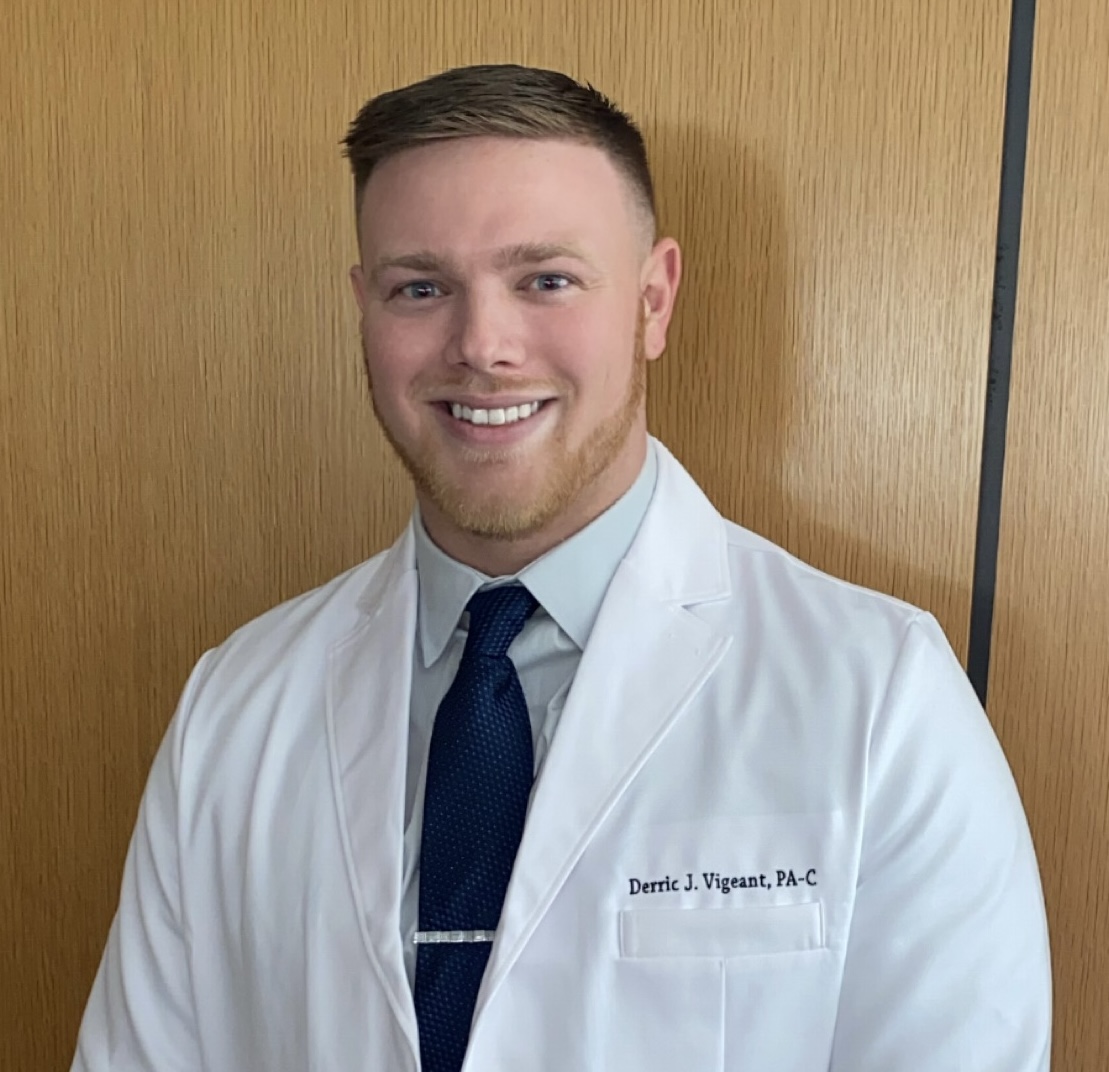About the course
MentalLaunch is a modern, self-paced mental health education program designed for high school students. Created by a licensed psychiatry provider, the course features a series of structured units and chapters covering a wide range of mental health topics, helping students build emotional resilience, understand common mental health challenges, gain tools for lifelong well-being, and more. The course content is thoughtfully designed to be engaging, age-appropriate, and aligned with the mental wellness needs of today’s students. Schools may also find this curriculum eligible for coverage through local education or public health grant opportunities.

About the creator
Derric Vigeant, PA-C, is a hospital-based psychiatric physician assistant with a deep-rooted passion for mental health education and access. Inspired by his father—a nurse working on the alcohol and drug unit at Butler Hospital who has been in recovery for over 20 years—Derric began his own career in mental health as an intake coordinator in the Patient Assessment Services department at Butler Hospital during his undergraduate studies. He later earned his Bachelor of Science from the University of Rhode Island and completed his Master of Science in Physician Assistant Studies (MSPAS) at Bryant University. He now practices full-time in inpatient psychiatry and consultation-liaison psychiatry at a local hospital in Providence, RI. Derric holds a Qualified Mental Health Professional certificate from RI BHDDH and serves as a clinical preceptor for Bryant University PA students during their psychiatry rotations. Through MentalLaunch, he seeks to deliver structured, accessible mental health curriculum to schools, ensuring every student has the resources and support they need.
Curriculum Overview
Unit 1: Foundations of Mental Health Chapter 1 – Understanding Emotions and Mental Health Introduces mental health, emotional literacy, and the difference between mental health challenges and mental illness. Covers coping strategies, stigma, and help-seeking behavior. Chapter 2 – The Adolescent Brain Explores how brain development affects teen behavior, decision-making, emotional regulation, and mental health. Connects neuroscience to personal insight. Chapter 3 – Stress and the Nervous System Teaches how stress affects the body and brain. Covers acute vs. chronic stress, the nervous system’s role, and stress management strategies. Chapter 4 – Mental Health in the Media Analyzes how mental health is portrayed in social media, TV, and news. Helps students build media literacy and recognize misinformation and stigma. Unit 2: Common Mental Health Conditions Chapter 5 – Anxiety Disorders Covers types of anxiety (GAD, social anxiety, phobias), symptoms, causes, and evidence-based treatment including CBT and mindfulness. Chapter 6 – Depression and Mood Disorders Defines depressive disorders and bipolar disorder. Discusses symptoms, warning signs, treatment, and ways to support oneself or a peer. Chapter 7 – Trauma and PTSD Explains trauma’s effects on memory, emotion, and relationships. Covers ACEs, symptoms of PTSD, and trauma-informed care practices. Chapter 8 – Self-Harm and Suicide Prevention Discusses myths and warning signs of suicidal ideation and self-harm. Provides school-safe response protocols and encourages peer intervention. Chapter 9 – ADHD and Executive Function Covers ADHD symptoms, executive dysfunction, focus challenges, and classroom strategies. Supports inclusion and student self-advocacy. Chapter 10 – Autism and Neurodiversity in Mental Health Explains how autism affects communication, regulation, and learning. Promotes understanding, peer respect, and supportive mental health strategies. Unit 3: Behavior, Relationships, and Environment Chapter 11 – Substance Use and Mental Health Covers how substances affect brain health, emotions, and co-occurring mental illness. Encourages risk reduction and informed decision-making. Chapter 12 – Healthy Relationships and Boundaries Teaches how to identify healthy vs. toxic dynamics in relationships. Covers communication, assertiveness, consent, and conflict resolution. Chapter 13 – Peer Pressure, Bullying, and Resilience Focuses on social pressure, bullying (including online), and developing resilience through personal strengths and support systems. Unit 4: Tools for Growth and Support Chapter 14 – Coping Skills Toolkit Students practice a wide range of coping tools including breathing, movement, journaling, and emotion regulation. They create a custom toolkit. Chapter 15 – Seeking Help and Navigating the System Explains how to access mental health support at school and in the community. Normalizes therapy, school resources, and asking for help. Chapter 16 – Final Project: My Mental Health Action Plan Students compile their learning into a personalized action plan, wellness map, and coping guide they can take with them after the course.
Ready to Bring Mental Health Education to Your Students?
Empower your school with a proven, psychiatry-designed program made for today’s youth. 👉 Get in touch today to explore how your school can implement MentalLaunch.
.PNG)